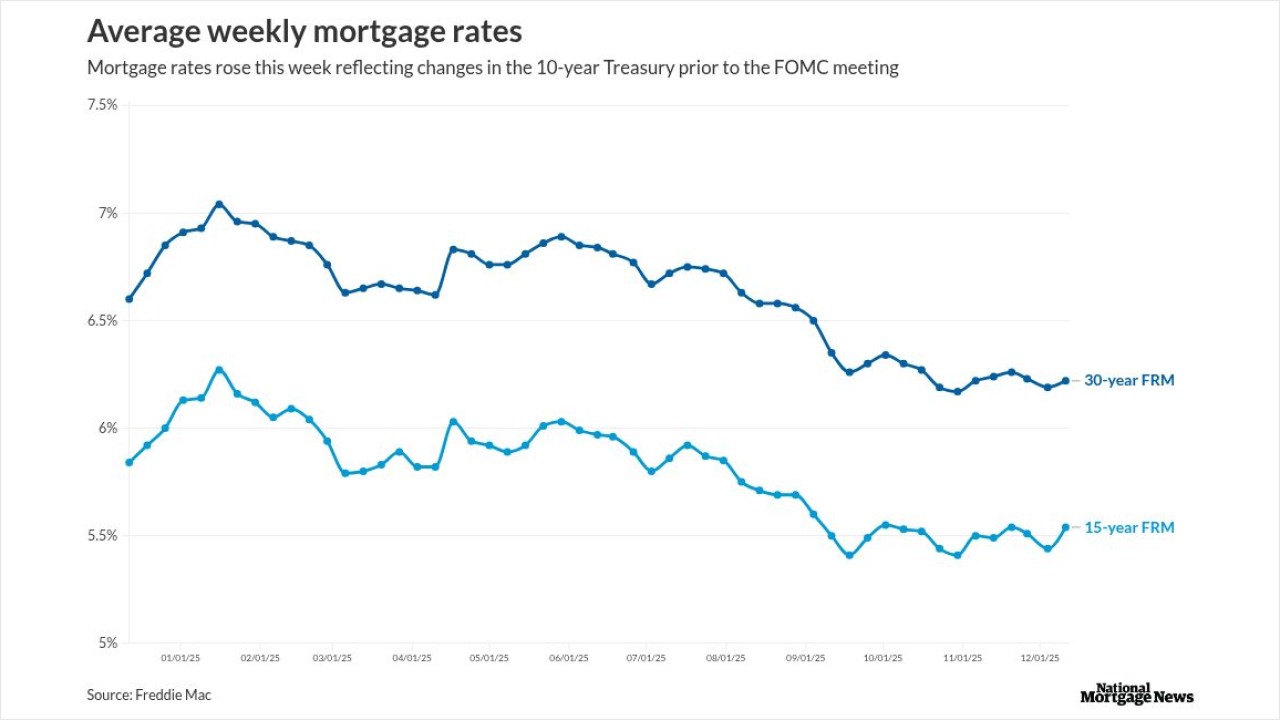Treasuries fell, pushing 10-year note yields above 2% for the first time since March on Wednesday, after Federal Reserve Chairman Ben Bernanke told Congress the Fed may cut the pace of bond purchases at the next few meetings if policy makers see indications of sustained economic growth.
U.S. debt rose early in the day as Bernanke told Congress the economy remains hampered by unemployment and government-spending cuts and that reducing stimulus too soon would endanger the recovery. Many Fed officials said more progress in the jobs market is needed before any slowing to the pace of quantitative easing, according to meeting minutes. Benchmark yields rose as a report showed
“The market seized upon the bit of the Q&A exchange about the anticipated timeframe about an adjustment to QE,” said Christopher Sullivan, who oversees $2.1 billion as chief investment officer at United Nations Federal Credit Union in New York. “The Fed remains highly data dependent. The market is very skittish right now.”
Thirty-year bonds fell more than three points, with the yield rising eight basis points to 3.21%.
Bond market measures from overnight index swaps projects the federal funds rate may see its first 25 basis point increase in April 2015, compared with a forecast of August 2015 based on figures on May 13. The Fed has held its target interest rate at a record low zero to 0.25% since December 2008.
Treasuries rose earlier as Bernanke referenced the risks associated with ending easy monetary policy.
“A premature tightening of monetary policy could lead interest rates to rise temporarily but would also carry a substantial risk of slowing or ending the economic recovery and causing inflation to fall further,” Bernanke said Wednesday in testimony prepared for a hearing at the Joint Economic Committee of Congress in Washington.
In response to questions, Bernanke also indicated the central bank may reduce its stimulus at some point.
“If we see continued improvement, and we have confidence that that is going to be sustained, in the next few meetings we could take a step down in our pace of purchases,” Bernanke said.
“We are seeing overreactions both ways in the market,” said Larry Milstein, managing director in New York of government-debt trading at R.W. Pressprich & Co. “Initially, the move was on the more dovish tone from Bernanke. References for the possibility of tapering at upcoming meetings have thrown the market off a bit, leaving rates somewhat weaker.”
Fed policy makers said May 1 they may accelerate or slow monthly purchases of $40 billion in mortgage securities and $45 billion of Treasuries in response to changes in the labor market and inflation.
“Most observed that the outlook for the labor market had shown progress” since the-bond buying program began in September, according to the record of the April 30-May 1 gathering released today in Washington. “But many of these participants indicated that continued progress, more confidence in the outlook, or diminished downside risks would be required before slowing the pace of purchases would become appropriate.”
The difference between yields on 10-year notes and similar-maturity Treasury Inflation Protected Securities was at 2.25 percentage points today, at almost the 2.23 percentage points reached May 17, the least since Aug. 9, according to Bloomberg data. The consumer price index decreased 0.4%, the biggest decline since December 2008, after falling 0.2% in March, according to Labor Department figures released last week.
The Treasury will sell $13 billion in 10-year TIPS Thursday. It sold an equal amount of the securities on March 21 at a yield of negative 0.602%. It will announce tomorrow the amounts it will sell in two-, five- and seven-year debt on three consecutive days beginning May 28.
At the previous auction of the securities in April, the U.S. sold $35 billion in two-year notes, an equal amount in five-year debt and $29 billion in seven-year securities.
Yields rose as a report showed purchases of existing houses increased 0.6% to an annual rate of 4.97 million, the most since November 2009, the National Association of Realtors reported Wednesday in Washington. The median forecast of 79 economists surveyed by Bloomberg called for a pickup to a 4.99 million pace.
Treasury yields have advanced this month as Philadelphia Fed President Charles Plosser called for shrinking purchases at the Fed’s next meeting and San Francisco’s John Williams said he favored a reduction in quantitative easing “perhaps as early as this summer.” By contrast, Boston’s Eric Rosengren said low inflation and high unemployment suggest there may be a need for even more stimulus, not less.
“Yields have bottomed, but won’t rise dramatically,” Bill Gross, manager of the world’s biggest fixed-income fund at Pacific Investment Management Co., wrote in a Twitter post. Gross said on May 10 that the 30-year bull market for bonds has “likely ended” and that fixed-income returns will probably be in the range of 2% to 3%.




